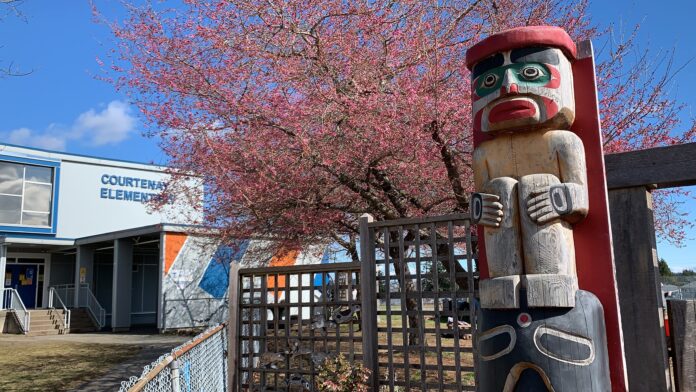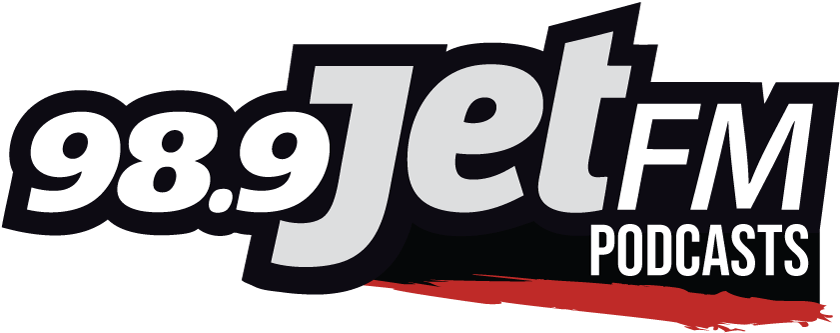With school on the way, two organizations in the Comox Valley are helping students fill their bellies with food.
The Courtenay Elementary Community School Society runs the Hot Lunch Program, a program focused on offering nutritious lunches on a cost-recovery basis for kids.
Executive Director of the Society Shawn Thir says among his group of friends, he’s heard from parents about the rising cost of school supplies.
“Inflation in Canada is still here with us, and even though you might hear from the news that inflation seems to be under control, I don’t think a lot of people believe that,” said Thir.
“When you go shopping, it seems that the price of everything goes up a little bit every week. I went and bought my kids the basic school supplies for this year and it wasn’t cheap, it was close to 100 dollars for one kid.”
Thir says last year, the province announced the Student and Family Affordability Fund, with the Comox Valley School District getting $980,000 dollars to help with school food and fees.
With the lunch program subsidizing kids and families struggling to make ends meet, he hopes to see something similar across the board within the district.
“I would like the school district to have a vision and a policy when it comes to school food, one that serves hot lunch five days a week at low or no cost,” said Thir.
“The wheels are in motion, but it’s something that could make a huge impact on people’s pocketbooks.”
Another organization that’s set to give students healthy food is the Lush Valley Food Action Society.
Its Healthy Student Meal Program sees volunteers pack up 20 meal kits with recipes and whole food ingredients, before sending each kit out to 20 schools in the district.
Executive Director Maurita Prato says with more families talking about the affordability crisis, there has been an interest and a need to increase the program with Indigenous Education.
But she says the increase comes down to three things.
“Schools need infrastructure to prepare and eat food or they need a partner organization that has infrastructure to buy locally grown food and process it locally,” said Prato.
“The second is labor, so making sure schools have additional labor through volunteering from parents, partner organizations, support workers, and teachers. And the third thing is having more funding for the actual food.”
Prato adds that with the school year starting soon, kids tend to do better once they are fueled up by healthy food.
For more info on the Hot Lunch Program, click here.
And for more info on the student meal program, click here.






